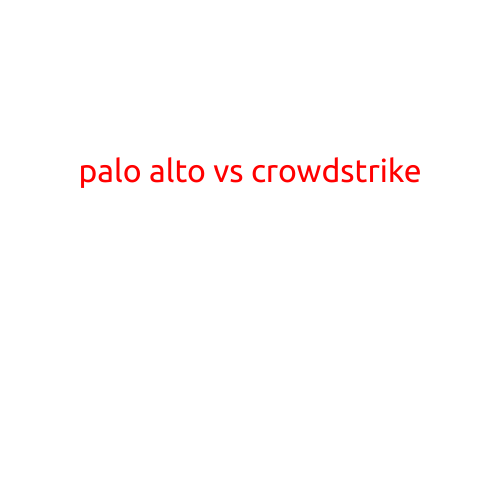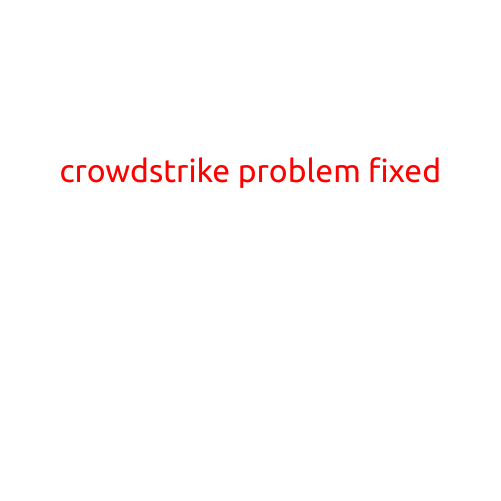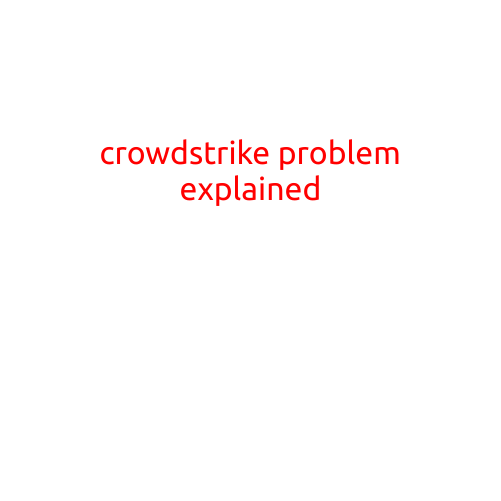
Palo Alto Networks vs Crowdstrike: A Comparative Analysis of Network Security and Endpoint Protection
In today’s digital landscape, network security and endpoint protection are no longer mutually exclusive concerns. As the traditional network perimeter continues to blur, organizations require solutions that can effectively monitor and protect their entire attack surface. Two leading cybersecurity companies, Palo Alto Networks and CrowdStrike, offer cutting-edge solutions to address this need. In this article, we will delve into a comparative analysis of Palo Alto Networks and CrowdStrike, evaluating their strengths, weaknesses, and suitability for different organizations.
Palo Alto Networks: A Cybersecurity Leader in Network Security
Palo Alto Networks is a well-established company that has made a significant impact in the cybersecurity industry. Their flagship product, Palo Alto Networks Next-Generation Firewalls (NGFW), is a highly acclaimed solution that offers unparalleled network security capabilities. The NGFW features threat prevention, sandboxing, and analytics, enabling organizations to detect and prevent sophisticated attacks.
Key Strengths:
- Comprehensive Network Security: Palo Alto Networks’ NGFW provides comprehensive network security, covering areas such as application visibility, control, and threat prevention.
- AI-Powered Intelligence: The company’s AI-powered threat intelligence capabilities enable real-time detection and analysis of sophisticated threats.
- Robust Integration: Palo Alto Networks products integrate seamlessly with other security solutions, making it easy to build a comprehensive security posture.
CrowdStrike: A Leader in Endpoint Security
CrowdStrike is a pioneering company that has disrupted the traditional endpoint security landscape. Their CrowdStrike Falcon platform is renowned for its innovative approach to endpoint protection, leveraging cloud-based, real-time detection and response capabilities.
Key Strengths:
- Next-Generation Endpoint Protection: CrowdStrike Falcon offers advanced endpoint protection, including cloud-based, real-time monitoring, and AI-powered threat detection.
- Leveraging AI and Machine Learning: The platform’s AI and machine learning-powered technology enables real-time detection and response to sophisticated attacks.
- Unparalleled Visibility: CrowdStrike Falcon provides unparalleled visibility into endpoint activities, enabling incident response and incident management.
Comparing Palo Alto Networks and CrowdStrike
While both companies offer cutting-edge security solutions, their distinct strengths and focus areas are worth noting:
Network Security: Palo Alto Networks is a leader in network security, providing comprehensive threat prevention and analytics capabilities.
Endpoint Protection: CrowdStrike is a leader in endpoint security, offering advanced endpoint protection and real-time detection and response capabilities.
Integration: Palo Alto Networks products integrate well with other security solutions, making it easy to build a comprehensive security posture.
Cloud-Based: CrowdStrike Falcon is a cloud-based solution, offering the flexibility and scalability required for organizations with distributed and remote workforce.
Conclusion
In conclusion, both Palo Alto Networks and CrowdStrike offer impressive security solutions that cater to the needs of modern organizations. Palo Alto Networks is a leader in network security, offering comprehensive threat prevention and analytics capabilities. CrowdStrike is a leader in endpoint security, offering advanced endpoint protection and real-time detection and response capabilities.
When selecting a cybersecurity solution, organizations should consider their specific needs and requirements. If they prioritize comprehensive network security, Palo Alto Networks may be the better choice. However, if they require advanced endpoint protection and real-time detection and response capabilities, CrowdStrike may be the better fit.
Ultimately, organizations should evaluate both solutions and consider factors such as cost, scalability, and ease of integration to determine which solution best aligns with their cybersecurity strategy.





